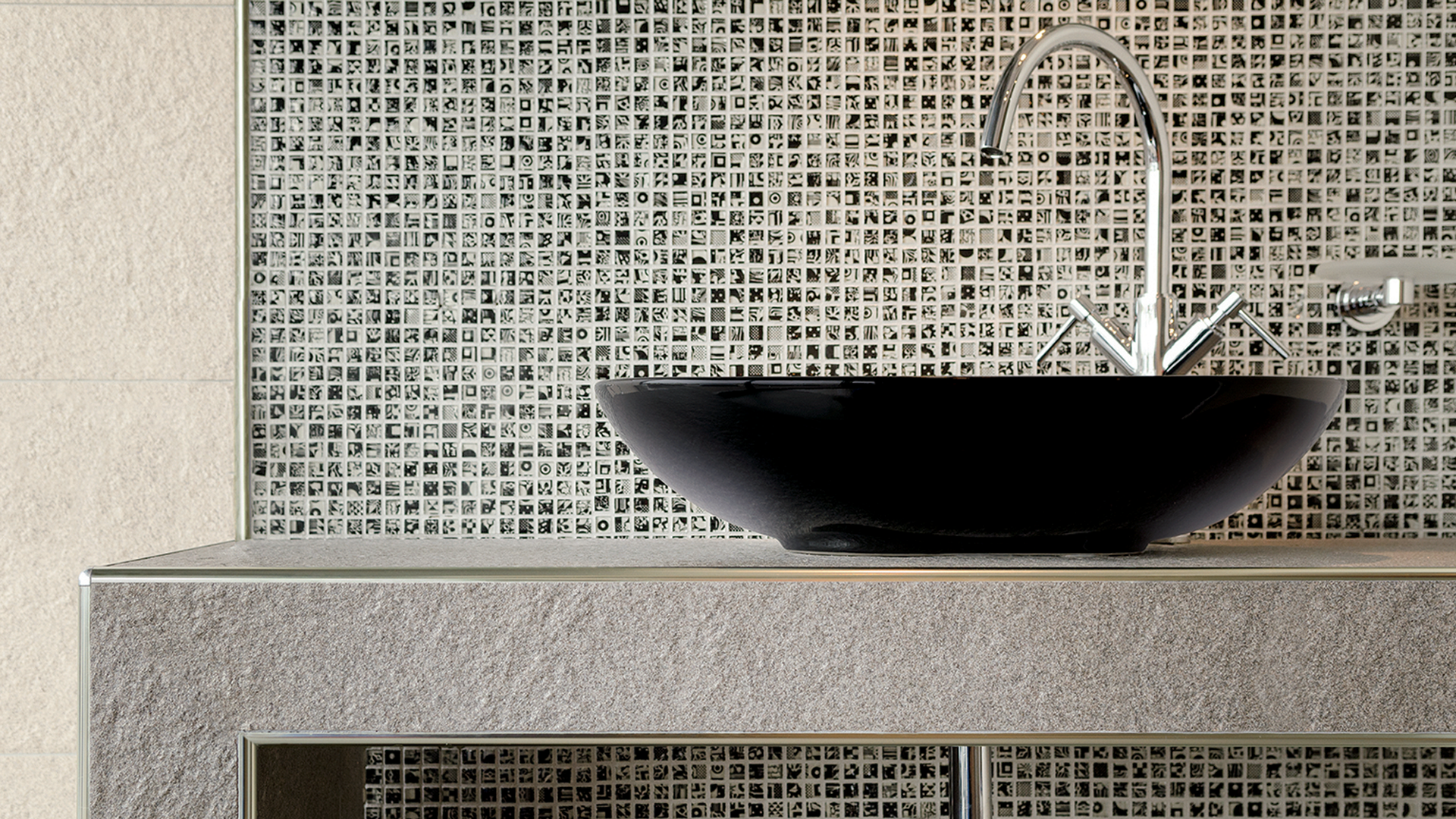When it comes to home improvement projects, attention to detail can make all the difference. If you've ever installed tiles, you know that achieving a polished and professional look isn't just about the tiles themselves; it's also about the finishing touches. One such essential finishing element is the tile trim. In this blog, we'll explore what tile trims are and why they are crucial in tile installation projects.
What is a Tile Trim?
Tile trim, also known as tile edging or tile edge trim, is a material used to finish the exposed edges of tiles in various applications, including floors, walls, countertops, and backsplashes. These trim pieces are designed to provide a neat, clean, and aesthetically pleasing transition between the tile surface and adjacent materials or spaces.
Why are Tile Trims Used?
Protection
One of the primary functions of tile trims is to protect the edges of tiles from chipping, cracking, or breaking. Tiles are often cut to fit within a specific area, and these cut edges are vulnerable to damage. Tile trims act as a barrier, safeguarding the vulnerable tile edges from physical impact.
Aesthetic Appeal
Tile trims contribute significantly to the overall appearance of a tiled area. They give your project a polished and professional look by creating clean, crisp lines. Tile trims come in various materials, finishes, and profiles, allowing you to choose the one that complements your design style.
Seamless Transitions
In spaces where tiles meet other surfaces, such as walls or countertops, tile trims provide a seamless transition. They prevent sharp edges and ensure that the edges of the tiles align perfectly with adjacent materials, like drywall or wood.
Waterproofing
In areas where tiles are exposed to moisture, such as bathrooms and kitchens, tile trims play a vital role in preventing water infiltration. They create a waterproof barrier at the tile's edge, reducing the risk of water damage and mould growth.
Durability
Tile trims help enhance the longevity of your tile installation. By protecting the edges of the tiles, they reduce the chances of wear and tear over time.
Types of Tile Trims
Tile trims come in a variety of materials and profiles to suit different applications and design preferences. Some common types include:
Metal Tile Trims
These are often made of aluminum, stainless steel, or brass and provide a sleek, modern look. They are durable and resistant to corrosion, making them suitable for high-moisture areas.
Plastic Tile Trims
Plastic trims are affordable and versatile. They are available in various colours and are easy to install. However, they may not be as durable as metal trims.
Round Edge Tile Trims
These trims have a rounded edge profile and are commonly used for finishing the exposed edges of wall tiles. They create a smooth, curved transition.
Straight Edge Tile Trims
Straight Edge Trims or Square-edged trims create a sharp, clean transition and are suitable for most tile installations, especially on floors and countertops.
Transition Trims
providing a protective and decorative border.
In the world of tile installation, tile trims are unsung heroes. They serve multiple purposes, from protecting the edges of tiles to enhancing the overall aesthetic appeal of your project. Whether you're tiling a bathroom, kitchen, or any other space, consider incorporating tile trims into your design for a professional finish that's both functional and stylish. Remember to choose the right type of trim that suits your project's needs and matches your design vision, and you'll achieve a result that's both beautiful and durable.

